The Part 107 regulations prohibit a person from flying a small UA directly over a person who is not under a safe cover, such as a protective structure or a stationary vehicle.
Here’s the exact ruling:
§ 107.39 Operation over human beings.
No person may operate a small unmanned aircraft over a human being unless that human being is:
(a) Directly participating in the operation of the small unmanned aircraft; or
(b) Located under a covered structure or inside a stationary vehicle that can provide reasonable protection from a falling small unmanned aircraft.
Let’s unpack each of these points:
“Directly participating in the operation of the small unmanned aircraft.”
This includes the remote PIC, perhaps a person manipulating the controls, a VO, and any crewmembers who are directly necessary for the safety of the sUAS operation, as assigned and briefed by the remote PIC ahead of time.
There are several ways that the remote PIC can comply with these requirements, such as:
- You can adopt an appropriate operating distance from people who are not directly participating in the operation of the sUAS.
- You can have a plan of action that ensures the small UA remains clear of people who may enter the operating area, remain indoors, or remain under safe cover until the small UA flight has ended.
“Located under a covered structure or inside a stationary vehicle that can provide reasonable protection from a falling small unmanned aircraft.”
These rules are telling us that if there are people you’re flying over who are not directly part of your flight mission, they need to be protected from harm if the small UA were to crash by either 1) being underneath a covered structure, or 2) inside a stationary vehicle.
A lot of people ask me if there’s a specific distance you should be flying away from someone to be in a safe operational zone. And my response is that there’s no clear answer here. I tell remote PICs to use good judgment. The rule clearly states not to fly over people. You can interpret that and your own level of risk mitigation as you see fit.
Starting in 2023, the rules around flying your drone directly over people are changing.
Here’s more information, but the gist is that the FAA is creating a risk-based framework for flying drones over people, based on four new categories for drones.
Each category represents a different level of operational risk.
Flying a DJI Mavic Mini — a drone that weighs less than 0.55 lbs (250g) — 20-30 feet high with propeller guards over a small family gathering in the park wouldn’t necessarily require any additional documentation.
But flying a much larger drone over a crowd of people at a higher altitude (think about drone delivery, filmmaking, public safety/emergency response, newscasting, active construction site mapping, etc.) represents a different level of risk and would require documentation and potentially additional safety measures, such as a drone parachute system.
Again, there’s still a lot more to learn from drone manufacturers about how they plan to comply.

